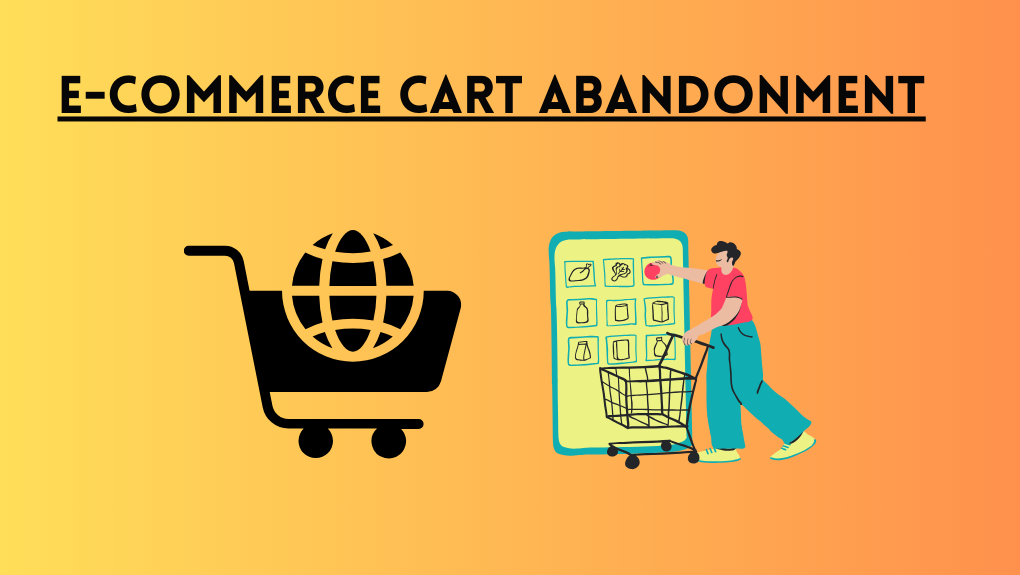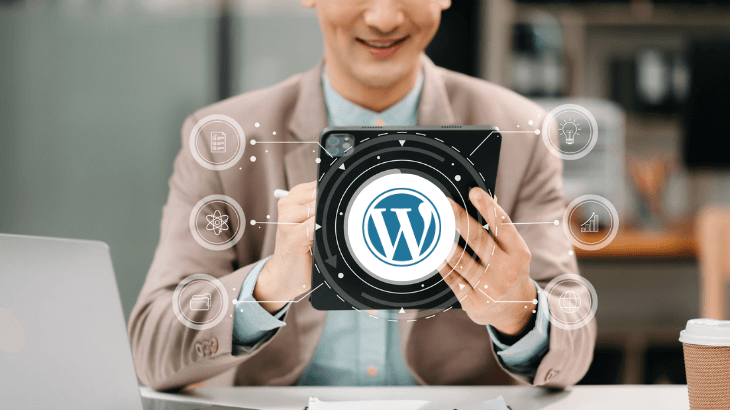E-commerce SEO Strategies for 2025: Driving Traffic and Sales in a Competitive Landscape

E-commerce refers to commercial transactions done online. Today, the most common form of e-commerce is the use of online stores and ordering items/services online.
Popular stores like Amazon, Ali Express, and Temu dominate the global e-commerce market. However, there are plenty of smaller businesses that operate locally.
The problem they face is the brutal and unforgiving competition in the market. There are too many competitors, which makes it difficult to stand out. This is where SEO comes in.
With SEO, online stores can leverage search engines and results pages for exposure. The better their SEO, the higher they will rank on the results pages. This gives them an edge over their competition as they can secure more traffic, which ultimately translates to more sales.
In this article, we will go over some useful SEO strategies that drive traffic and sales to an e-commerce store. Boost your online store’s visibility and sales with our SEO-optimized e-commerce templates!
Powerful SEO Strategies for E-Commerce
The strategies we are going to discuss are not silver bullets. They take time and effort to implement. They may take longer to show their results. However, if you use them properly, you will get long-term benefits that will boost your business. These SEO strategies can work for you, whether you sell digital products like ebooks or physical products like golf T-shirts. Let’s check them out.
Optimize Web Store for Mobile Devices

In 2025, mobile devices are the most used platform for e-commerce. In the current year (2025), 60.67% of website traffic comes from mobile devices. So, a large number of your audience will visit your e-commerce store on their mobile phones.
Another reason for mobile optimization is that Google has switched to “Mobile First Indexing.” This means that Google uses the mobile version of a website to determine its SERP ranking instead of the desktop version.
This means that your website needs to be highly optimized for mobile devices. If it looks good and performs well on a mobile device, then it will rank high on the SERPs.
According to recent SaaS marketing statistics, a majority of users now access websites via mobile, making mobile optimization crucial for visibility and engagement.
Incorporating SaaS link building into your strategy can also enhance your website's authority.
Mobile optimization entails things like:
- 1. Text size. Can the text be read without zooming in? How much text can be read without scrolling?
- 2. Responsiveness. How well does the website adjust itself to different screen sizes without disturbing the UI elements?
- 3. Button Size. How easy is it to use the buttons and menus on a mobile device?
- 4. Navigation. How easy is it to navigate the website on a mobile phone?
These are the most important aspects of mobile optimization.
Keyword Research and Adjustment
Keyword research and adjustment is perhaps the most important SEO services for e-commerce.
Keywords are the cornerstone of any SEO strategy. Without keywords, it is impossible to rank on the SERPs. No matter what kind of website you’re trying to rank, you will need to research keywords and adjust them in your site content.
E-commerce stores require not only general keywords but also really specific long-tail keywords. Alongside targeted keywords, maintaining up-to-date local citations building across directories can enhance local search performance. E-commerce stores sell products and services. Since products are really specific, their names are often part of long-tail keywords.
You need to research those terms using tools like Ahrefs, Semrush, SellerApp, or Ubersuggest and incorporate them into your website content. What this will do is make it easier for people to find products on your website through Google.
Long-term keywords have low search volume, but they are really good if used for commercial intent. They are often used when people are ready to make a purchase. By targeting such words, you directly raise the chances of selling your product through your store.
So, incorporating such terms will help you drive sales. Amazon is the largest e-commerce platform in the world, with millions of active buyers searching for products every day. Many e-commerce sellers work with an experienced Amazon marketing agency to optimize both marketplace and general online presence. Some Amazon sellers also choose to use AI tools to do SEO for Amazon, for Amazon’s Rufus and COSMO algorithms.
Speed Up Page Loading Times
Page loading speed is one of the most important metrics for user experience. According to studies, 53% of mobile websites are abandoned if they take longer than 3 seconds to load.
That is a massive loss to any business operating online. If your product pages fail to load quickly, then you will lose a lot of business. A reliable and robust Magento hosting solution can help improve your website's performance and ensure fast loading times
According to Google guidelines, a website should load in under 3 seconds. Google takes into account the loading speed. Faster loading may result in higher SERP ranking because of positive UX signals (high dwell time, low bounce rate).
That will ultimately bring in more traffic and help your store succeed.
To improve page loading speed, consider doing the following.
- Reduce the number of plugins and API calls. Each call will add more time to the loading.
- Compress images to reduce their size. Smaller images load faster.
- Reduce the number of HTTP requests. Each request has to wait for the server to respond, which adds more seconds to the loading time.
- Minify CSS and Javascript files.
- Use browser caching.
All of these things will reduce the loading time and improve your store's SEO.
Make User Centric Design Choices
User experience, as we previously mentioned, is one of the most important aspects of SEO. The better a user feels about a website, the more time they spend on it. This makes the UX signals, like dwell time, improve and increases the SERP ranking of the web page. For instance, for stores that sell niche products, such as snow camo gear, optimizing the user experience can attract and retain a targeted customer base.
To achieve this, you need to make user-centric design choices, including mobile-friendly website design. Many ecommerce website builders are designed with these principles in mind, offering templates and features that prioritize usability and navigation. If your entire store is designed to make things easier for the customer, then they will form a positive impression of your company. They may even buy more stuff than they originally came for. Custom web design elements can significantly enhance user experience, making your site more engaging and easier to navigate.
Plenty of unscrupulous stores try to con their customers into making payments that they probably didn’t want. They use dark patterns to trick consumers into doing things without their consent.
The general internet user is no stranger to dark patterns. Most people are on the lookout for them and immediately form a negative perception of any company that uses them.
Avoid dark patterns at all costs because unhappy customers will be more than willing to leave bad reviews and create negative publicity around your brand.
If you stick to making good user interfaces and easy-to-navigate menus and avoid dark patterns, you will get positive publicity from good reviews. This will ultimately result in more traffic and more sales.
DNS and CDN Management
CDN stands for content delivery network, while DNS is short for domain name system. Without the DNS, website navigation would not be possible because it is responsible for resolving IP addresses to domain names.
Since your DNS impacts your website loading and availability, it indirectly relates to SEO as well.
Problems and delays in DNS queries can result in slow or no website loading. If your DNS provider does not operate on a large scale, it is quite possible that queries from far-flung areas take longer to resolve. Similarly, poorly managed DNS records can result in “unresolvable” requests.
The first problem can be rectified with CDNs. A CDN, in layman's terms, is a cache of data closer to the edge of the network. The edge basically refers to client devices (most of the time).
If a DNS provider is big enough to have CDNs all over the world, DNS resolution can become noticeably faster. So, it is always a good idea to invest in a good DNS provider that can ensure your e-commerce store loads faster for all of your clients.
The second problem requires that you be proactive about DNS record management and keep on top of DNS propagation and other relevant issues. There are plenty of tools for that. You can go online to search for DNS lookup tools that show you the live status of your domain’s (website) records and propagation status.
Optimize Product Pages
Product pages are the heart and soul of an online store. They are the web pages that actually help a customer make a decision to buy something.
The best thing you can do with a product page is be very transparent. Do not try to hoodwink the customer. Here’s what you can do to secure the customer’s trust.
- Post real pictures of the products. Do not post renders or edited photos.
- Give accurate descriptions and specification data. Details matter to a lot of customers, so being accurate will help.
- Provide FAQs and their answers.
- List the correct prices (taxes included). Do not add hidden costs that show up later in the purchase cycle.
- List all variants of a product on one page. Do not make separate pages. For example, if a shoe has three colors, then they should all be present on one page as selectable options. Platforms like Magento make it very easy to do this. Hire offshore Magento developers and they will easily integrate product variations for you.
Do this, and your product pages will be the biggest factor in your online store's success.
Do Local SEO

Local SEO is extremely lucrative for smaller businesses. Search results are almost always based on your location. Any company operating only in a set geographic region can benefit from doing local SEO.
Basically, local SEO is the art of targeting local search results and ensuring that your website appears in those results.
Google Index has separate rankings for general search results and local search results. It is far easier to rank high for local search results than it is for general search.
To ensure that you start getting a steady supply of orders and sales, optimize your e-commerce store for local SEO. Incorporate keywords that contain your location (i.e., pizza delivery in Brooklyn). This will help you get traffic from local searches and possibly some more business as well.
Incorporate UGC
UGC stands for user-generated content. This is any type of content that was created by your customers. This includes user reviews, testimonials, and comments. Publishing UGC on your web pages plays into Googles E-E-A-T guidelines.
Basically, reviews show that real people actually bought and used your products. This lends authority to your web page. Good reviews and testimonials lend trustworthiness. So, you incorporate two out of four tenets of the E-E-A-T guidelines.
New customers who see UGC on your website also tend to trust your business. Now, one thing that businesses tend to do is that they only post positive content. Don’t do that because it is suspicious. Instead, post helpful comments under the bad content and try to solve the customer’s problem.
For example, if someone leaves a bad review, offer them a refund or a replacement. This will show other customers that your business is willing to correct any accidental wrongs.
This will further increase your trustworthiness and make customers more comfortable with buying from your e-commerce store. Obviously, that results in more sales.
Conclusion
SEO is a vast field. There is always something more you can do to improve your website’s SERP ranking. We discussed seven SEO strategies for attracting more traffic and increasing sales in your e-commerce store.
This does not mean that there are only seven strategies. There are plenty of others. However, they are probably the most useful ones. As long as you can use them properly, you will be able to improve traffic and sales.







